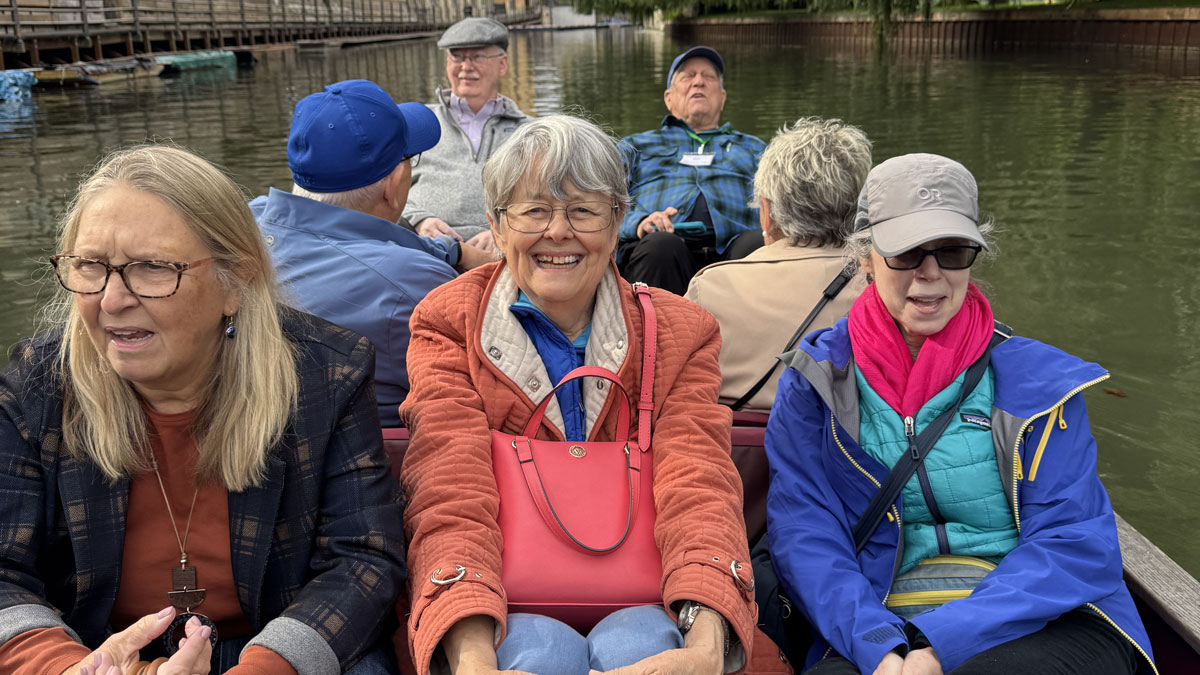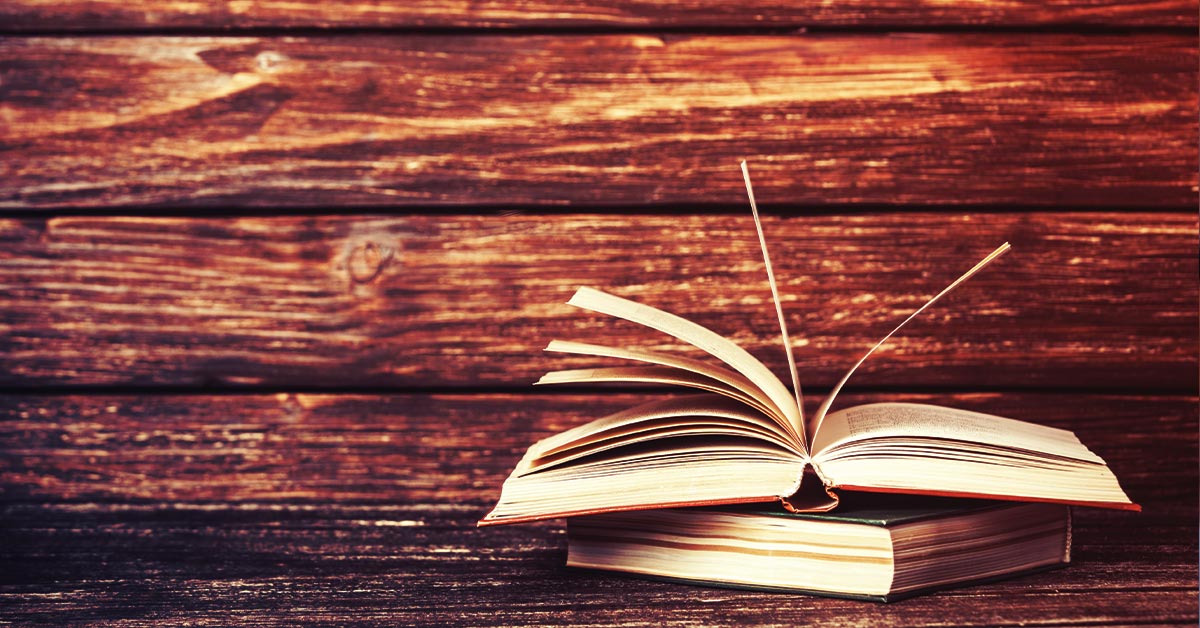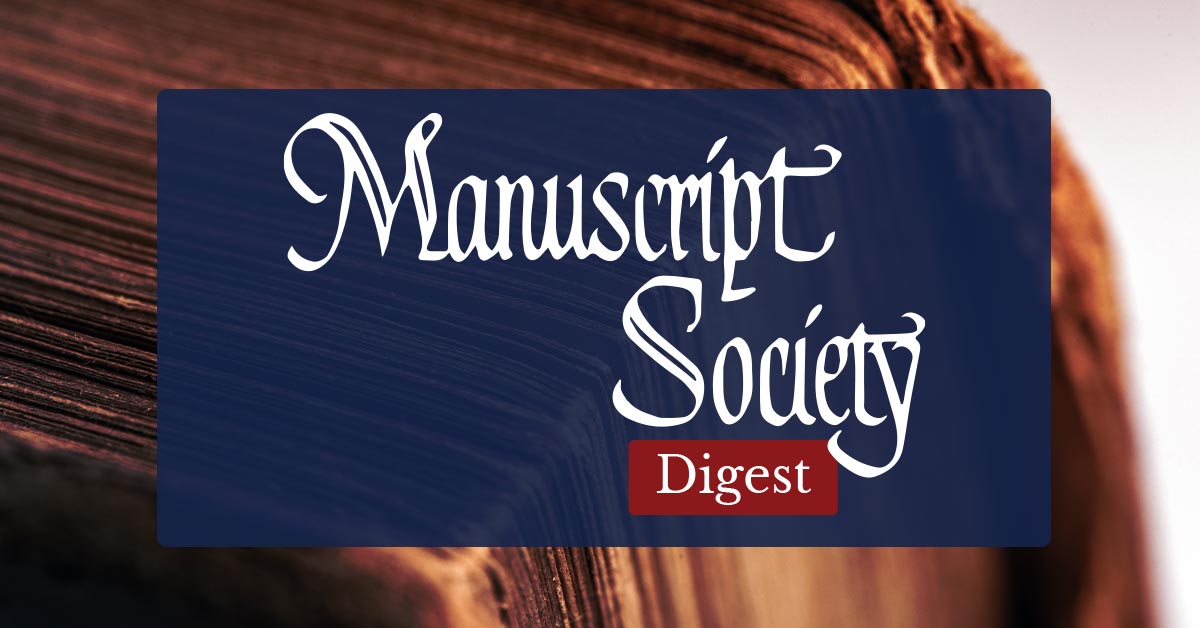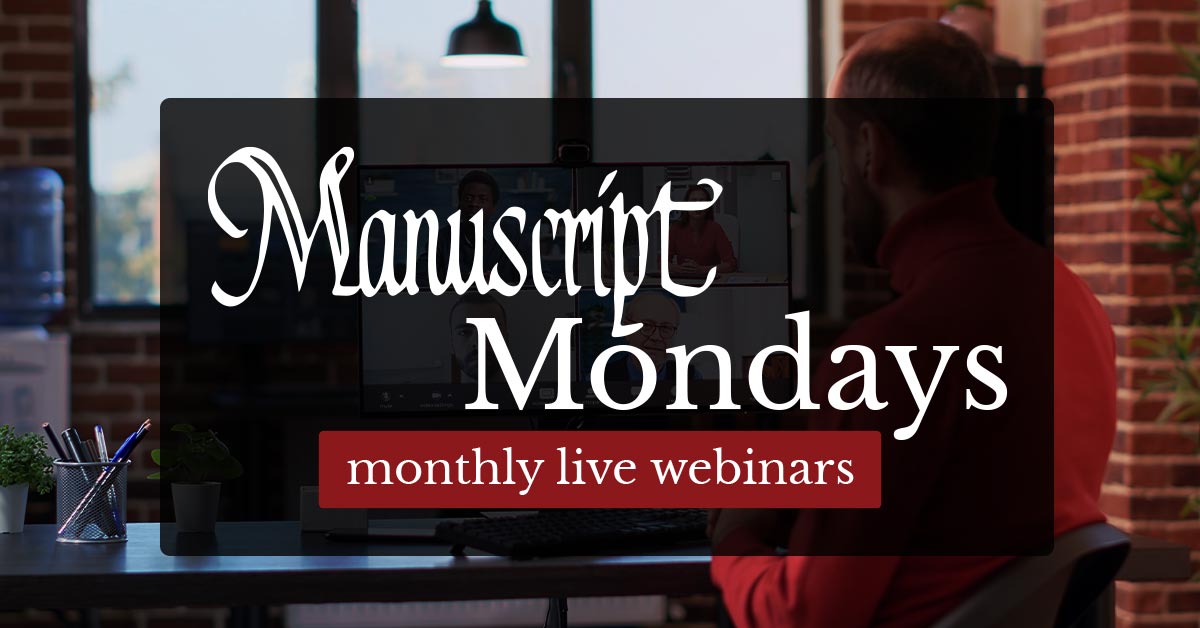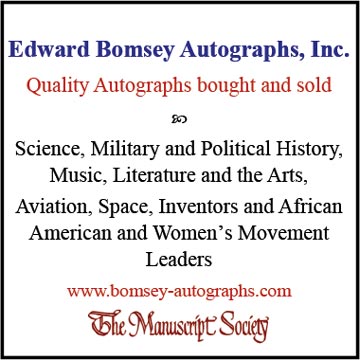Collecting Conversations: An interview with Alfred Lemmon, Director of the Williams Research Center of The Historic New Orleans Collection by Beverly Hill
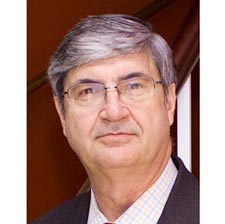
Alfred Lemmon, Director of Williams Research Center, HNOC
BH: What does your position as director of the Williams Research Center entail?
AL: One of the aspects of my job that that I thoroughly enjoy as Director of the Williams Research Center is the variety of activity. It is a twofold job. One portion is internally focused: The acquisition and care of our diverse holdings. The role of acquisitions is particularly thrilling – the locating and evaluation of appropriate materials. Care is very inclusive – from ensuring that materials are properly catalogued to ensuring their physical safety and availability for future generations. The other portion is “outreach” or making our holdings known to the public. “Outreach” is very broad. It can include everything from publications (electronic and print), public presentations, special evenings for donors and programming of a wide variety of educational events. I am very fortunate to be part of a wonderful team to accomplish those goals. Our staff is traditionally multi-talented and being part of such an organization has permitted me to grow and do things I never thought possible.
BH: When did your love of manuscripts begin and when did you decide that working with manuscripts was going to be your life’s work?
AL: It was not a conscious decision. I have always attracted to research, even in my undergraduate days. Fortunately, during those years I had the opportunity to attend a lecture by the great French historian Marcel Giraud on early Louisiana. While the topic was not particularly exciting to me at the time (early Louisiana), his presentation was a critical moment in my life. He spoke without notes in perfect American English. He held a large audience captive for probably 90 minutes. I have never forgotten his presentation. Later, I chose to obtain a master’s degree in musicology, which of course involved research. I had the opportunity to work in the French National Library and in the Bavarian State Archives. During my doctoral studies, I worked in a wide variety of archives in both Latin America and in Europe. I was greatly influenced by two individuals. The first was Rosaria Parra Cala, Director of the Archive of the Indies. She was very kind and carefully nurtured my introduction to that wonderful institution. A UNESCO World Heritage Site, it contains documentation on all of the former Spanish overseas possessions (and more). Similarly, Marie-Antoinette Menier of the Section Outre-Mer (now the Archives nationales d’outre-mer) of the French National Archives introduced me to the French archival system. I did not decide to work with manuscripts as a career until my early 30s when I came to The Historic New Orleans Collection. Initially, it was just summer work. However, I enjoyed it. I was offered a regular job. Fortunately, the institution’s leadership invested in my training and continuing education. So, I owe many people a tremendous debt of gratitude. I have learned much from the Manuscript Society, in particular, the behind the scenes tours of repositories that participants have during the annual meetings. I have been able to incorporate what I learned on these tours into our activities at The Collection.
BH: How did the importance of France and Spain in the history of New Orleans affect your decision? Was the international aspect of your job one of the things that attracted you to it?
AL: Reviewing the development of my career, I can simply say that I took advantage of every opportunity that was given to me. I feel I am very lucky in that I have probably received more opportunities than most people. Concerning the international aspect of my life, it sort of evolved naturally and its roots can be traced to my childhood. My maternal grandfather’s brother was a diplomat in Southeast Asia. As a child, I have vivid memories of Ambassador Joseph Caffery, who served, among other posts, as Ambassador to France. Likewise, I have memories of Mr. Ben Thibodaux who was charged with implementing the Marshall Plan for Europe after World War II. What is amazing is that all of this occurred in Lafayette, Louisiana in the 60s. At the time, it was a rather small town in Southwest Louisiana with a population of 40,000. My parents were very anxious for me to “see the world.” As a result, by age 21, I had visited 18 countries in Latin America, Western and Eastern Europe and the Middle East. When I came to The Historic New Orleans Collection, my background was recognized and I was put in charge of two microfilming projects – one in the French National Archives and the other in Spain, particularly the Archive of the Indies. With those two projects, it was only obvious that other opportunities on the international scene would develop.
BH: Are you fluent in French and Spanish?
AL: I would say I am fluent in Spanish and can navigate very well in French. I also learned German. Of the three languages I studied, German was the one I learned the best. I actually spoke German rather well. However, it is largely dormant today. I was a terrible student in Spanish. As a child growing up in Southwest Louisiana prior to the renaissance of the French language, we enjoyed classes but were not encouraged to speak in public. Ultimately, I learned Spanish and French on the “street.” My linguistic faux pas are both legendary and highly entertaining. When asked to give a presentation in French or Spanish, I often wonder if the people inviting me are more anxious to hear about any knowledge of the topic I may accidentally have or if they need the comic relief that my now-legendary linguistic faux pas will inevitably provide.
BH: You have been involved in curating some important exhibitions. Could you tell us a couple of your favorites?
AL: I have really not served as a curator of that many exhibits. With my colleagues, I have been involved in some exhibitions that I think have been significant for differing reasons. The exhibition “Common Routes” was in the final stages of development when Hurricane Katrina struck New Orleans in 2005. What I remember most about it was the wonderful support of the cultural heritage institutions in Spain and France that contributed loans. Tracing the influence of Saint-Domingue on New Orleans, it relied heavily on significant loans from foreign countries. Not a single museum or archive cancelled their loan. Instead, they saw their loan as a contribution to the recovery of New Orleans. The exhibition actually opened only six months after Katrina. The exhibition “A Fusion of Nations” (2003) was a high point for me. All of the treaties concerning Louisiana were displayed with wonderful portraits of the various individuals who signed them. My current focus is an exhibit opening in October 2020 devoted to Spanish New Orleans and the Caribbean. New Orleans is so identified with France (due to the name), that people overlook the enormous impact of Spain. Even in the French period, the proximity to the Spanish cities of Havana, Vera Cruz and Mexico City resulted in very close relations between New Orleans and the Spanish world. During the Spanish period (the second half of the 18th-century), New Orleans became far more developed. However, it is not often recognized. Hopefully, the exhibit will provide a re-evaluation.
BH: You are a longtime member of the Manuscript Society and you have been at the Historic New Orleans Collection since 1981. What changes have you seen in the manuscript world and how do you see the future of manuscript collecting?
AL: The resources currently available to collectors, both individuals and institutions, are radically different. I remember patiently (or perhaps it is better to say impatiently) searching for information available in American Book Prices Current. Yet, with the introduction of the internet and the resulting explosion of electronic tools, the world changed radically. Likewise, I remember studying dealer catalogues immediately upon arrival. The idea of the variety of resources currently available “online” was inconceivable. Yet, with all of those resources, several things remain constant. The necessity to thoroughly read and examine manuscripts prior to acquisition. While it is certain that you will eventually know far more about the material, if you do not know the basics of the “who, how, what, why, etc.,” one should not consider the acquisition of the item. Another thing is to remember the necessity of being able to understand auction prices. Were there circumstances that influenced the price? For example, did an individual who missed out on an item offered at one auction pay an outrageous price at the next auction. Were there problems with phone or internet connections? Was the item a “sleeper” and hidden in a dealer catalogue or auction? Was it not described properly in the catalogue? We also have to remember that many major items are sold privately and never enter the publicly known record. So, while collectors have far faster and more efficient tools today, some aspects remain the same. I have known a few people whom I consider to be exceptional collectors and I have been deeply impressed by their dedication, knowledge and willingness to sacrifice to develop their collections. I grew tremendously by having the opportunity to work with them. I probably learned more about collecting from them than any workshop I took.
BH: Some of us have had the pleasure of hearing you play the organ at St. Louis Cathedral in New Orleans. How does this fit into your life?
AL: Well, that is rather simple. I originally trained as an organist. Even though my career has taken, ultimately, a very different path, it has remained a constant, and very large part of my life. Today, I started work with the Cathedral’s current Young Artist in Residence. Each year an advanced student from the Paris Conservatory is selected to spend a half year at the Cathedral. The program is now in its 11th-year and a high point in my life is serving as a “mentor” to exceptionally talented people who eventually hold very prestigious positions. At The Collection, we recently had an Aeolian Organ restored. Designed for use in homes, these organs could be played by humans or, as an alternative, could play organ rolls (very much like piano rolls). Very few of these organs survive unaltered (if they survive at all) and only a handful are in museums. Fortunately, the one in The Collection’s recently opened Signouret—Brulatour exhibition center, remained “untouched” since its mid-1925 installation in the building. I was very fortunate to be able to participate in such a project.
BH: Do you have any upcoming projects that you would like to share with us?
AL: At the present, in addition to the Spanish exhibition, I am involved in the development of a research portal of the French National Library devoted to French materials concerning America. Obviously, there are numerous institutions involved. Working with such distinguished colleagues has been a very enriching experience.
About the Interviewer: Beverly Hill is a manuscript consultant, and a former president of The Manuscript Society. Contact Beverly at bhill@manuscript.org
Collecting Conversations:
Each issue of the Manuscript Society journal, Manuscripts, includes an interview with a collector, archivist, dealer, educator or another who has and is making a contribution to the world of collecting. This conversation is from Issue #1, 2020. Included in this issue of Manuscripts are the articles, “Discovering that an oil painting is just a very special ALS: How my love of history, autographs, and manuscripts contributed to my writing a book, Tyree: Artist of the South Pacific,” by Scott Mubarak; “A Remembrance of Jules Massenet, Sibyl Sanderson, and the Creation of Esclarmonde,” by Russ Simbari; and “John Gilmary Shea and a Triumvirate of Acclaimed American Historians,” Scott S. Taylor. These are just some of the wonderful articles and information available to all members of the Manuscript Society. Join us Today.

